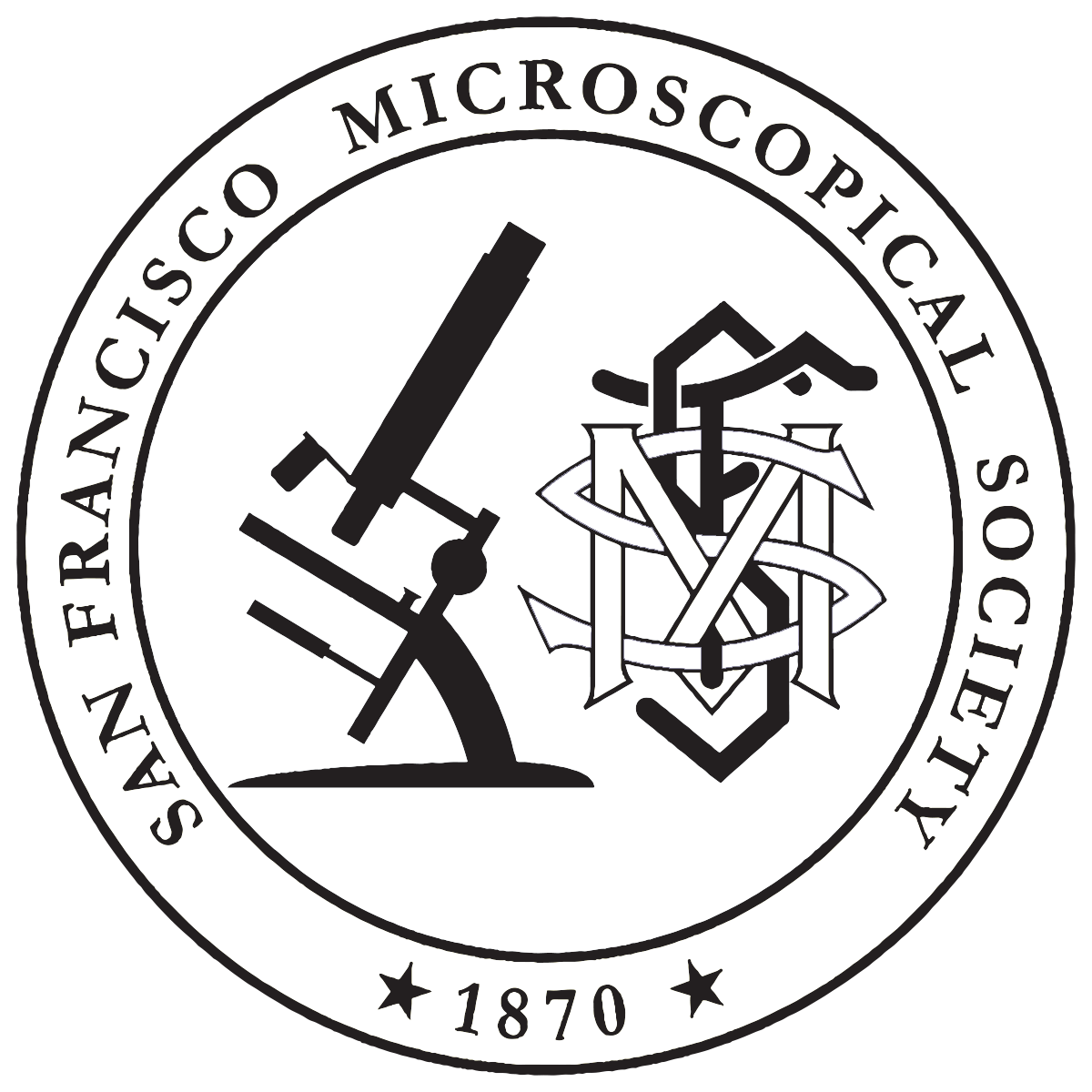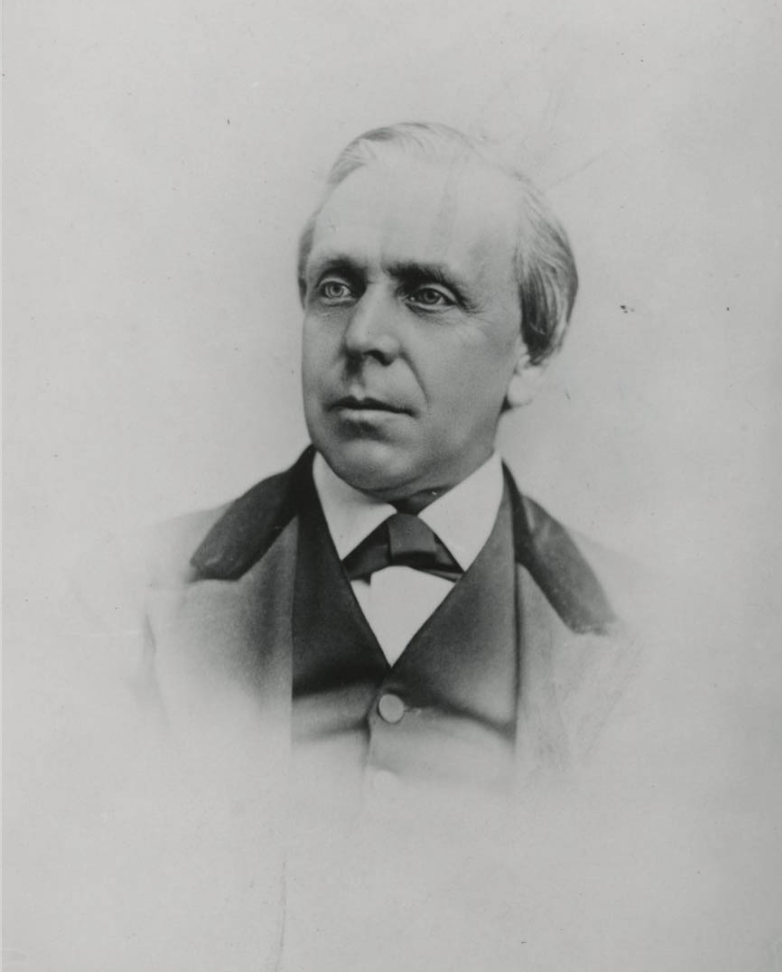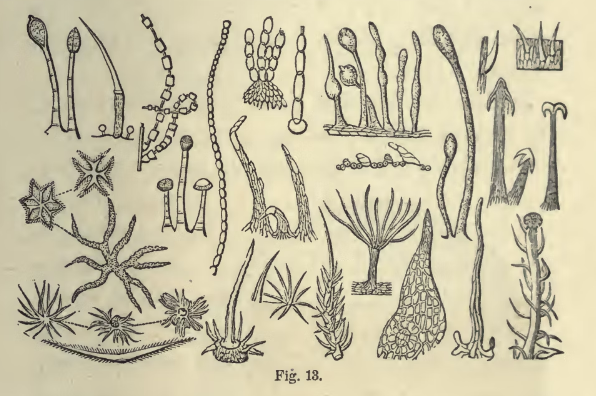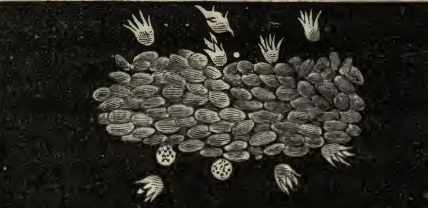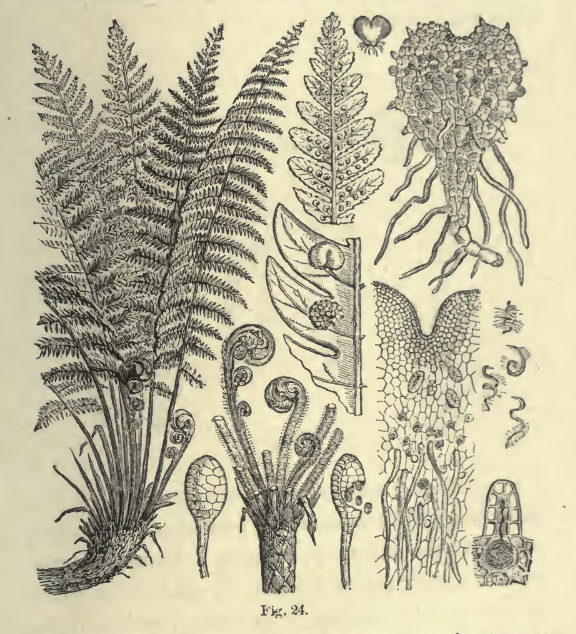A Look Through J.H. Wythe’s Lens
By Jasper Cronin
A portrait of J.H. Wythe
I came across Joseph Henry Wythe’s work in the San Francisco Microscopical Society archive and wanted to learn more about who was behind such diverse works on things like Easy Lessons in Vegetable Biology and The Science of Life. These are just two of his many works found throughout the archive. These, along with mentions of him in founding documents and meeting notes show just how influential Wythe was in the early days of the San Francisco Microscopical Society with his commitment to his work paving the way for what the society is today.
Digging into his history showed me a surprising biography of someone from 200 years ago who seems like an impressive person who’s relevant to the society today. Wythe’s journey from a curious child in England to a pioneering American surgeon and microscopist is a remarkable example of how a broad, diverse education can create a strong relationship between different disciplines, where each skill builds off each other. Born in Manchester, England in 1822, he emigrated to the U.S as a boy and settled in Philadelphia where he was drawn to science and learning from an early age. While apprenticing in his father’s bookshop he made his own telescope and recorded sunspot observations, which were even posted in the local paper! His interest in medicine led to him graduating in 1850 from the Philadelphia College of Medicine. In Wythe’s early career he practiced medicine, studied anatomy, and worked as a preacher all of which helped him in his career later down the road. And that’s a good thing because he needed to apply these to become a surgeon. In fact he was the first person to perform an ovariotomy (a procedure where you remove the ovaries) on both the East and West coast, and was regarded nationally as an expert on the procedure. At the time, California had only become a state a few years prior, making Wythe’s work on the newly developing West Coast another example of his role as a pioneer in American medicine. Even early in his career, Wythe was exploring many different fields, standing out as unusually versatile and multi-talented for his time – a true polymath!
A figure from The Science of Life
But Wythe wasn’t just focused on medicine. Licensed as a Methodist minister at just nineteen, he embraced both science and faith, pursuing both as valid means to learning about the world around him. His dedication to education and faith was present throughout his life, culminating in his role as president of Willamette University in Oregon where he founded the medical department, and as pastor of a church in Salem. At the University he taught a wide variety of subjects ranging from physiology to biblical studies, where he helped both his students and church-goers embrace scientific knowledge and spirituality.
An illustration from The Science of Life
Microscopy, specifically in American medical science, was the perfect place for Wythe’s combination of skills to land. At the time microscopes were thought of more as a toy than anything else, but Wythe recognized their potential to ignite interest in biology and anatomy. His book The Microscopist, Or A Complete Manual On The Use Of The Microscope, first published in 1851, was the first comprehensive manual on the use of the microscope. The illustrations were the first time that many people saw the new tiny worlds that one could only see with a microscope. In Wythe's words: “Microscopic research has ceased to be merely an amusement, but has been elevated to the dignity of a science; yet so far as [I know], no book has been issued from the American press which would serve as a guide to those desirous of applying themselves to such studies”. Later editions expanded the manual to adjacent subjects as Wythe attempted to present their wide range of applications. He went on to write many scientific and medical texts, including The Science of Life and Easy Lessons in Vegetable Biology, which made scientific knowledge widely accessible, and were what first attracted me to learning about his work.
A few of the illustrations from this book give a sense of how he was able to bring a new world into view for people by giving detailed illustrations of what he was seeing with his microscope.
A figure from The Science of Life
Wythe’s work was used across the U.S. and also translated widely, extending his influence across the globe. But, eventually he landed in San Francisco, where he became a prominent figure in both medical education and the scientific community. Upon returning to the city in 1869 after leaving Salem, he became a founding doctor of the Cooper Medical College of the Pacific (later the Stanford Medical Center) and was a professor of microscopy. His passion for microscopy wasn’t restricted to the classroom, in fact he was an honorary member of the San Francisco Microscopical Society upon its founding in 1870, who, as stated in the society's constitution were “elected as such by reason of their eminence in science or attention to the microscope”. By presenting the various uses of microscopy, Wythe helped establish the society during a time when the field was still relatively obscure; the flyers from his public lectures that can be found in the archive are just one example of his dedication to educating people on the field. Wythe’s help to the Society is still felt even today, as his great great grandson donated part of his slide collection, still providing knowledge and resources to the community after his death. What inspired me to write this post was Wythe’s constant dedication to elevating every field he touched. It’s apparent that his work wasn’t inspired by money or recognition, but by a desire to help his community. He moved often, but no matter where he ended up, he left a lasting impact, whether that be founding a medical school, giving public lectures, or preaching in local churches. His legacy is an example of the influence that comes from curiosity, dedication, and the ability to share your knowledge with others.
